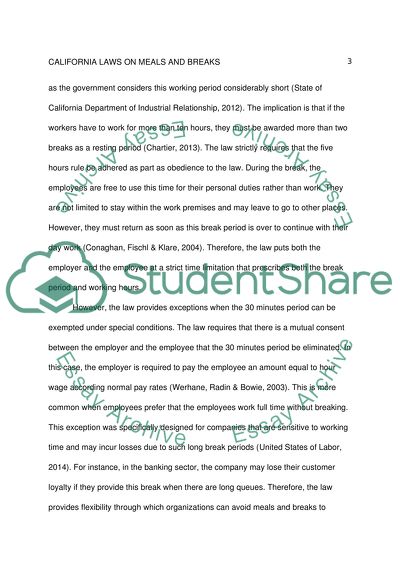Cite this document
(“California Laws on Meals and Breaks Research Paper - 1”, n.d.)
California Laws on Meals and Breaks Research Paper - 1. Retrieved from https://studentshare.org/social-science/1694922-the-california-labor-issue-meals-and-breaks
California Laws on Meals and Breaks Research Paper - 1. Retrieved from https://studentshare.org/social-science/1694922-the-california-labor-issue-meals-and-breaks
(California Laws on Meals and Breaks Research Paper - 1)
California Laws on Meals and Breaks Research Paper - 1. https://studentshare.org/social-science/1694922-the-california-labor-issue-meals-and-breaks.
California Laws on Meals and Breaks Research Paper - 1. https://studentshare.org/social-science/1694922-the-california-labor-issue-meals-and-breaks.
“California Laws on Meals and Breaks Research Paper - 1”, n.d. https://studentshare.org/social-science/1694922-the-california-labor-issue-meals-and-breaks.


